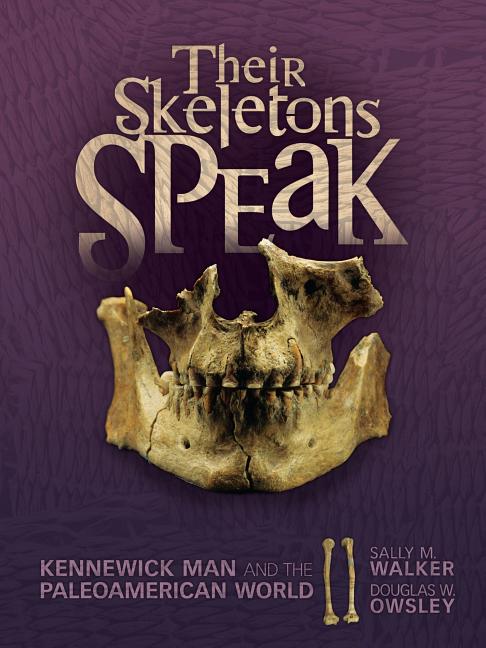Book Description
for Their Skeletons Speak by Sally M. Walker and Douglas W. Owsley
From Cooperative Children's Book Center (CCBC)
Discovery of the Kennewick Man skeleton in Washington State in 1996 sets the stage for a fascinating discussion of Paleoamerican skeletons and what they may tell us about early human presence on this continent nine thousand-plus years ago. Research on Kennewick Man was suspended for a period when American Indian tribes petitioned to have the remains returned under the Native American Graves Protection and Repatriation Act—a bill that strives to acknowledge hundreds of years of Native grave desecration. But researchers (including coauthor Douglas W. Owsley) filed a counter claim, believing the skeleton was not Native American. Science continues to develop new and better ways of studying ancient remains, and this is seen across several separate studies of Kennewick Man since 1999, with the most recent evidence showing Kennewick Man is related most closely to the Japanese Ainu and the Polynesian Moriori. Research on Paleoamerican remains underscores how many dimensions of science, from anthropology and biology and forensics to cultural studies, are needed to try to make sense of the bones and the lives of these ancient people. There is a tenderness and respect for these remains and the lives they represent that permeates the lengthy and compelling narrative illustrated with periodic photographs and illustrations. (Age 12 and older)
CCBC Choices 2013. © Cooperative Children's Book Center, Univ. of Wisconsin - Madison, 2013. Used with permission.


